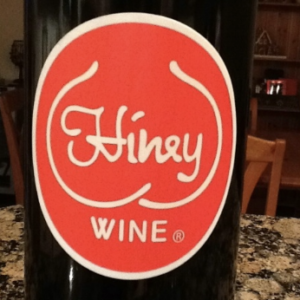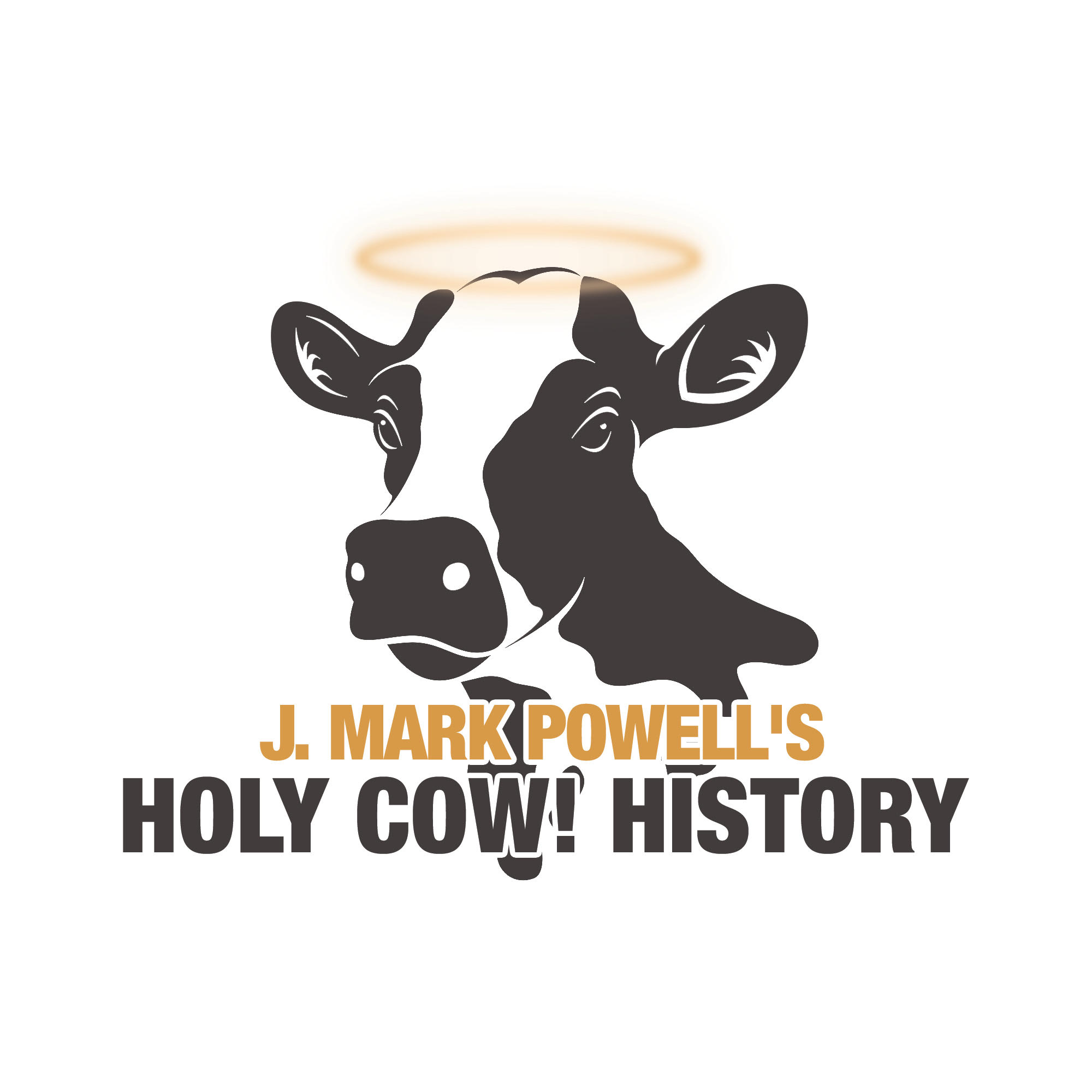Terry Dorsey needed a gimmick, and he needed it fast. Something clever and genuinely funny that would make people laugh.
The 32-year-old morning deejay had just jumped from a radio station in Dayton, Ohio to the Dallas-Fort Worth market. Dorsey made it to the big time in 1981, alright. But whether he would remain there depended on his ability to turn around the struggling morning show he had inherited.
Like many of his on-air colleagues, Dorsey’s life had been an interesting journey. Born and raised in Cincinnati, he graduated high school just in time to be drafted for the Vietnam War, where he helped defuse landmines as a combat engineer. It was a serious responsibility for a guy known for his jovial, outgoing personality and lightning-quick sense of humor.
Slogging his way up the radio industry ladder from small markets to the big city, he discovered being funny made him stand out from his competitors. During his Dayton days, for instance, he cracked up listeners with outrageous comedy bits presented seriously, as if they were real.
Desperate now to save his coveted morning time slot in the DFW market, Dorsey turned to that technique again. He dug into his fertile imagination—and pulled out pure comedy gold.
He produced a series of real-sounding commercials for the totally fictitious Hiney Winery. It was single entendre humor, one frat boy joke after another playing off “hiney,” the socially-acceptable slang word for derriere.
Knowing a good thing when he saw one, Dorsey milked the joke for all it was worth. He created more spots promoting the winery’s supposed slogan: “You only go around once, so grab all the hiney you can.” Listeners were told Hiney’s vino was “inspected by a crack inspection team.”
Dorsey couldn’t stop himself. The more listeners called in saying they loved the ads, the more outlandish details and embellishments he added. Like saying the winery was founded by old Uncle Harry Hiney, who initially made the stuff at home until his nephews—Big Red Hiney and Thor Hiney—convinced him “his hiney was too good to keep to himself.” Their sister Ophelia Hiney later joined them. (To fully appreciate that bit, imagine hearing her first name pronounced in a thick Texas drawl.) Cousin Seymour Hiney eventually turned up, too.
And it worked. People were listening. Phone calls flooded in every time the bogus ads aired. Many folks found the commercial parodies hilarious. But a surprisingly large number of listeners wanted to know where they could buy a bottle of Hiney Wine. (Remember, this was decades before tech geeks dreamed up the idea of Google. You couldn’t just jump online and discover the Hiney Winery didn’t exist.) When told it was all in jest, some callers adamantly refused to accept it. True believers insisted their friends had told them how good Hiney was, and they demanded to know which liquor stores carried it so they could try it themselves.
Dorsey had the good sense to realize he had stumbled upon a gold mine. He and station manager T.J. Donnelly began syndicating the concept to radio stations around the country. Each received new commercial scripts every week to be read by local announcers, lending an air of authenticity to listeners. The ads were further localized by saying the Hiney Winery was situated in a nearby real small town. For example, one station in Virginia said it was headquartered in the crossroads community of Butts Station. In Vermont, a station there said nearby Hinesburg was Hiney’s home. Natives were perplexed when visitors showed up asking for directions to a business they’d never heard of.
Then there was the swag. Though the winery wasn’t real, the merchandise carrying its name was. Hiney Winery baseball caps, tee shirts, buttons, and more were snapped up by eager fans.
Things really took off when LA celebrity DJ Rick Dees (who gave the world 1976’s novelty hit “Disco Duck”) started doing the bit. Dees was crazy about it, which spread its popularity even more.
Nothing lasts forever, and as the 1980s drew to a close, the Hiney Winery hoax had run its course. It had the last laugh in the 2010s when Skylite Cellars in Washington state produced “Big Red Hiney,” a blend of cabernet, syrah, and merlot grapes that oenophiles said was actually pretty good.
And so the Hiney Winery took its place with radio’s great hoaxes. Though not as famous as Orson Welles’ classic 1938 “War of the Worlds” broadcast, it did make folks chuckle at its bare silliness. For as announcers from coast to coast once proudly said, “If anything can make you smile, it’s a little Hiney.”





